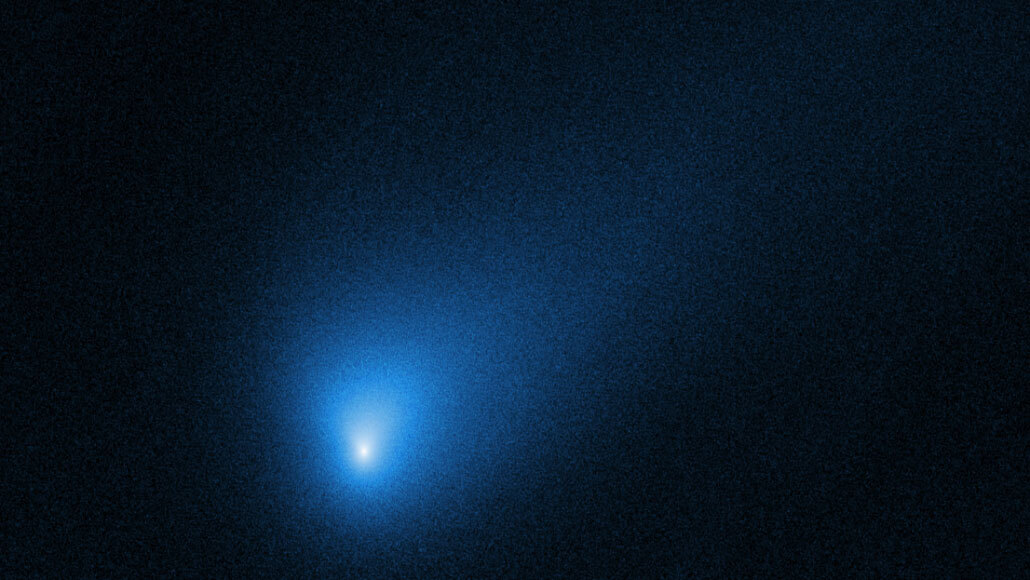
A wispy tail of gas and dust trails behind interstellar comet 2I/Borisov, seen about 420 million kilometers from Earth in this Hubble Space Telescope picture from October 12, 2019.
D. Jewitt/UCLA, ESA, NASA

A wispy tail of gas and dust trails behind interstellar comet 2I/Borisov, seen about 420 million kilometers from Earth in this Hubble Space Telescope picture from October 12, 2019.
D. Jewitt/UCLA, ESA, NASA